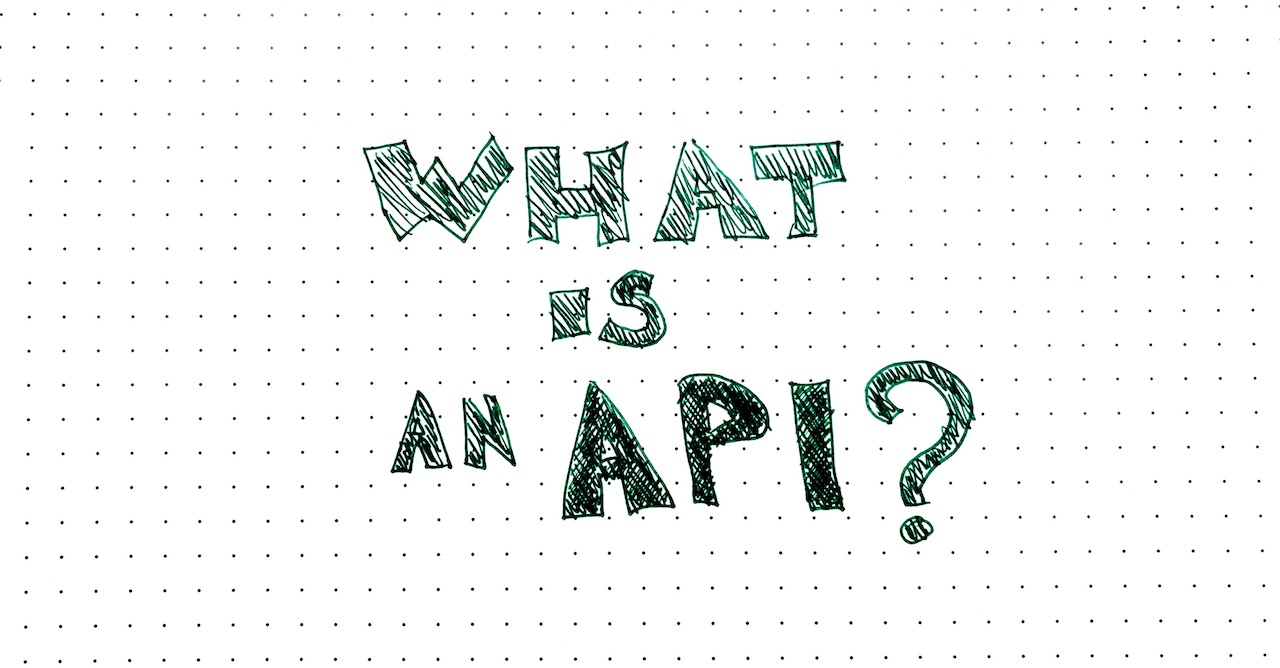The abbreviation API stands for Application Programming Interface, a phrase which is not particularly self-explanatory to those who have not yet had the chance to delve into the world of APIs.
voip.review will provide a concise and easy to understand explanation of APIs for you.
Basically, an API is a software-to-software interface that allows different computer systems and applications to communicate and share information, according to a set of rules embedded in the API.
To put it another way, the API is a Programming Interface for developing Applications.
The provider of the API publishes a set of rules defining how third party software programs should interact with their piece of software, listing a bunch of operations that developers can use, along with a description of what each operation will achieve.
APIs deliver tremendous advantages to the technology industry, mainly because they allow for the rapid development of software products using proven and tested building-blocks, with the inter-block communications taking place through APIs. Without APIs, programmers would have to do an extensive amount of coding and there would be significant repetition in the software industry, with developers having to create products from scratch without being able to depend on existing modules.
For example, consider an app on a mobile device that is used to make phone calls. The developer of that app does not have to understand nor implement the extremely complicated mechanisms involved in voice communications. Rather, the phone app communicates via an API with a separate software module that does all the “heavy-lifting”, dealing with the complexities of setting up, maintaining and tearing down voice calls. This API, for example, could include commands such as “PLACE A CALL TO A GIVEN PHONE NUMBER” or “END A CALL”, making it relatively simple for the phone app developer to build their product.
It is important to note that APIs also provide responses to the calling code module, providing results that are critical to the successful implementation of the applications. In the example provided above, answers to the command “PLACE A CALL TO A GIVEN PHONE NUMBER” could be “INVALID NUMBER”, “NUMBER BUSY”, “NO NETWORK CONNECTION” or “CALL SUCCESSFUL”. In addition, many APIs include two-way mechanisms, that allow modules to call each other, allowing information to be sent back and forth between those modules. For the phone app discussed above, it would be impractical for the phone software to continually look for an incoming call by issuing a command such as “IS THERE AN INCOMING CALL?” to the API. Rather, if the communications module detects an incoming call, then that module has the ability to “wake up” the phone app through the API, passing the relevant information to that app.
Another important advantage of APIs is that they provide a significant layer of security. If there were no APIs available, applications and computer systems would have to interconnect directly, which might lead to exposure of private information on both sides. When an API is used for such integration, the information crossing the boundary between software modules is limited, passing only the necessary data with clear permissions. In addition, APIs provide for the protection of intellectual property. Third parties may interact and use the full functionality of a module via an API, without the developer having access to the actual code contained within that module.
Today, more and more applications, devices and databases require seamless interaction, as the world moves to the next level in technology and connectivity. And a critical component in developing these products and services is the all-important API.
So, the next time you enjoy the quick and easy procedure of booking a hotel for your vacation or hailing a taxi with an app on your phone, remember that the API is the indispensable “man in the middle”, making this all possible.
For a quick overview of this article, check out our video about APIs below.







